Your One-Stop Shop for Everyday Essentials & Unique Finds
Finding the Best Time to Walk Your Dog: Before or After Eating?
Deciding the best time to walk your dog can be tricky. Should you take them for a stroll before or after their meals? Both options have pros and cons that can affect your dog's health and happiness. This article will explore the natural instincts of dogs, health risks, and benefits of walking before or after eating, along with expert advice and practical tips for dog owners.
Key Takeaways
- Walking before meals can help your dog burn energy and may enhance their natural instincts.
- It's generally safer to wait at least 30 minutes after a walk before feeding your dog to avoid digestive issues.
- Walking after meals can help with regular bathroom habits and aid digestion, but wait at least 2 hours after feeding.
- Always consider your dog's individual needs; some may prefer walking before meals, while others do better after.
- Consult a vet for personalized advice on the best feeding and walking schedule for your dog.
Understanding Your Dog's Natural Instincts
The Role of Hunting Instincts
Dogs are natural hunters, and this instinct can influence their behavior. Walking your dog before meals can help tap into these instincts, allowing them to exert energy and feel more satisfied when they eat. This can be especially beneficial for high-energy breeds that thrive on activity.
Energy Levels Before Eating
Before a meal, your dog may have higher energy levels. Engaging in a walk can help burn off some of that energy, making them calmer and more focused during mealtime. Here are some points to consider:
- Dogs often feel more energetic before eating.
- A walk can help them settle down for their meal.
- It can also help prevent overeating by promoting a healthy appetite.
Burning Calories Before Meals
Taking your dog for a walk before feeding can help them burn calories. This is important for maintaining a healthy weight. Here’s a quick look at how walking can impact calorie burning:
| Activity | Calories Burned (approx.) |
|---|---|
| 30-minute walk | 100-200 |
| 1-hour walk | 200-400 |
Walking your dog not only helps with their physical health but also strengthens your bond. It’s a win-win!
In summary, understanding your dog's natural instincts can help you decide the best time to walk them. By considering their energy levels and natural behaviors, you can create a routine that benefits both you and your furry friend. Remember, dog safety first is key to ensuring a happy and healthy life for your pet!
Health Risks of Walking Before Eating
Low Blood Sugar Levels
Walking your dog before they eat can lead to low blood sugar levels, especially in active dogs. This can cause symptoms like weakness, shaking, and even seizures. If your dog seems unusually tired or wobbly, it might be a sign they need food before their walk.
Potential for Digestive Issues
Taking your dog out for a stroll on an empty stomach can also lead to digestive problems. When dogs exercise without having eaten, their bodies may not handle the physical activity well. This can result in vomiting or diarrhea, which is no fun for anyone involved!
Risks of Eating Harmful Substances
When dogs are hungry, they might be more tempted to eat things they shouldn’t while out on a walk. This includes:
- Trash or leftover food
- Poisonous plants
- Other harmful substances
Keeping your dog safe means being mindful of what they might try to snack on during their walk.
Benefits of Walking Before Eating
Walking your dog before they eat can have some great perks! Here are a few benefits to consider:
Establishing a Routine
- Creating a consistent schedule helps your dog know what to expect. This can lead to better behavior and less anxiety.
- Dogs thrive on routine, and a walk before meals can become a fun part of their day.
- It can also help you manage your time better as a dog owner.
Reducing the Risk of Bloat
- Taking a stroll before eating can help lower the chances of gastric dilatation-volvulus (GDV), a serious condition that can affect dogs, especially larger breeds.
- While it doesn’t completely eliminate the risk, it’s a good preventive measure.
- Keeping your dog active before meals can help their stomach settle.
Improving Digestion
- A walk can stimulate your dog’s digestive system, making it easier for them to process their food.
- Exercise helps burn off some calories, which can lead to a healthier weight.
- It can also reduce the chances of digestive issues after eating.
Walking your dog before meals not only keeps them active but also helps them feel more relaxed and ready to eat!
In summary, walking your dog before they eat can be beneficial in many ways. It helps establish a routine, reduces the risk of bloat, and improves digestion. So, next time you’re deciding when to take your pup out, consider the benefits of a pre-meal walk!
Get this FREE offer
Guiding with Grace: Navigating Leash Training Challenges with Confidence and Skillful Guidance!
Health Risks of Walking After Eating
Walking your dog right after they eat can lead to some serious health issues. Many dog owners are unaware of the risks involved. Here are a few key points to consider:
Understanding Canine Bloat
- Canine bloat, also known as gastric dilatation-volvulus (GDV), is a condition that can occur when a dog exercises too soon after eating.
- This condition can cause the stomach to twist, leading to severe complications.
- It’s especially common in larger breeds, so be cautious if you have a big dog.
Symptoms of Gastric Dilatation-Volvulus (GDV)
- Swollen stomach
- Excessive drooling
- Signs of distress or discomfort
- Rapid breathing
- Weakness or lethargy
Preventing Digestive Problems
To help prevent these issues, consider the following tips:
- Wait at least two hours after feeding before taking your dog for a walk.
- Monitor your dog for any signs of discomfort after eating.
- Keep your dog calm and avoid vigorous activities right after meals.
Remember, taking care of your dog's health is a priority. Avoiding walks immediately after eating can help keep them safe and happy!
In summary, while it might be tempting to take your dog out right after they eat, the risks of bloat and other digestive issues are significant. Always prioritize their well-being by allowing some time between meals and walks.
Benefits of Walking After Eating
Regular Potty Schedule
Taking your dog for a walk after they eat helps establish a regular potty schedule. This is especially important for puppies, who often need to relieve themselves shortly after meals. Here are some key points:
- Consistency: Regular walks after meals help your dog know when it’s time to go outside.
- Training: It reinforces good potty habits, making it easier for you and your dog.
- Health: A consistent schedule can help prevent accidents in the house.
Energy Boost from Nutrients
After eating, your dog has a boost of energy from the nutrients in their food. This can make walks more enjoyable and engaging. Consider these benefits:
- Increased Stamina: Your dog will likely have more energy to explore and play.
- Better Mood: A well-fed dog is often happier and more playful.
- Enhanced Bonding: Enjoying a walk together can strengthen your bond.
Consistency in Feeding and Walking Routine
Having a set routine for feeding and walking can be beneficial for both you and your dog. Here’s why:
- Predictability: Dogs thrive on routine, which can reduce anxiety.
- Health Monitoring: Regular schedules help you notice any changes in your dog’s behavior or health.
- Time Management: A consistent routine makes it easier to plan your day.
Walking your dog after meals not only helps with their potty training but also keeps them happy and healthy. It’s a win-win for both of you!
Expert Recommendations on Timing
Veterinarian Advice
When it comes to walking your dog, timing is everything! Many vets suggest that you should wait at least an hour after your dog eats before heading out for a walk. This helps prevent any potential digestive issues and keeps your pup safe.
Factors to Consider
Here are some important factors to keep in mind when deciding the best time to walk your dog:
- Dog Size: Larger breeds are more prone to bloat, so they need more time after eating.
- Age: Older dogs may have different needs compared to younger ones.
- Activity Level: Active dogs might need a different routine than more laid-back pups.
Adjusting Based on Your Dog's Needs
Every dog is unique! Here are some tips to help you find the right routine:
- Observe Your Dog: Pay attention to how your dog reacts after eating.
- Experiment: Try different timings to see what works best for your pup.
- Consult Your Vet: Always check with your veterinarian for personalized advice.
Remember, keeping your dog healthy and happy is the goal! Finding the right timing for walks can make a big difference in their overall well-being.
In summary, while the general rule is to wait at least an hour after eating, always consider your dog's specific needs and adjust accordingly. This way, you can enjoy those walks without any worries!
Practical Tips for Dog Owners

Using Slow Feeders
Using slow feeders can help your dog eat at a healthier pace. This can prevent bloating and digestive issues. Here are some benefits of slow feeders:
- Promotes better digestion
- Reduces the risk of choking
- Keeps your dog engaged during mealtime
Avoiding Raised Feeders
While raised feeders might seem convenient, they can actually increase the risk of bloat in some dogs. Instead, try feeding your dog at ground level to:
- Encourage natural eating posture
- Reduce strain on their neck and back
- Lower the risk of digestive problems
Choosing the Right Diet
Selecting the right diet is crucial for your dog's health. Consider these points when choosing food:
- Look for high-quality ingredients.
- Ensure it meets your dog's specific needs (age, size, activity level).
- Consult your vet for recommendations.
Remember, a happy dog is a healthy dog! Keeping an eye on their eating habits and routines can make a big difference in their overall well-being.
Also, don’t forget to discover the best dog walking bag to make your outings more enjoyable!
Final Thoughts
In the end, deciding when to walk your dog—before or after meals—really depends on your furry friend’s needs. Walking before eating can help them burn off some energy, but it’s important to wait a bit after meals to avoid tummy troubles. If you choose to walk after feeding, give them at least 30 minutes to digest. Remember, every dog is different, so pay attention to what works best for yours. Whether you walk before or after meals, the most important thing is to enjoy that time together and keep your pup happy and healthy!
Frequently Asked Questions
Should I walk my dog before or after breakfast?
Walking your dog before breakfast can lead to low blood sugar, making them feel weak. It's often better to feed them first and then wait a bit before the walk.
How long should I wait after my dog eats to take them for a walk?
It's best to wait at least two hours after your dog has eaten before taking them out for a walk to avoid digestive issues.
Is it okay to take a puppy out after eating?
Yes, taking a puppy out about one to two hours after a meal is good. They often need to go to the bathroom soon after eating.
Can I walk my dog 30 minutes after they eat?
It's usually safer to wait at least one hour after a small meal and two to three hours after a larger meal before walking your dog.
What are the signs of bloat in dogs?
Signs of bloat include a swollen stomach, restlessness, drooling, and attempts to vomit without success. If you notice these, contact a vet immediately.
How can I prevent bloat in my dog?
To help prevent bloat, feed your dog smaller meals throughout the day, avoid vigorous exercise right after eating, and ensure they drink water slowly.

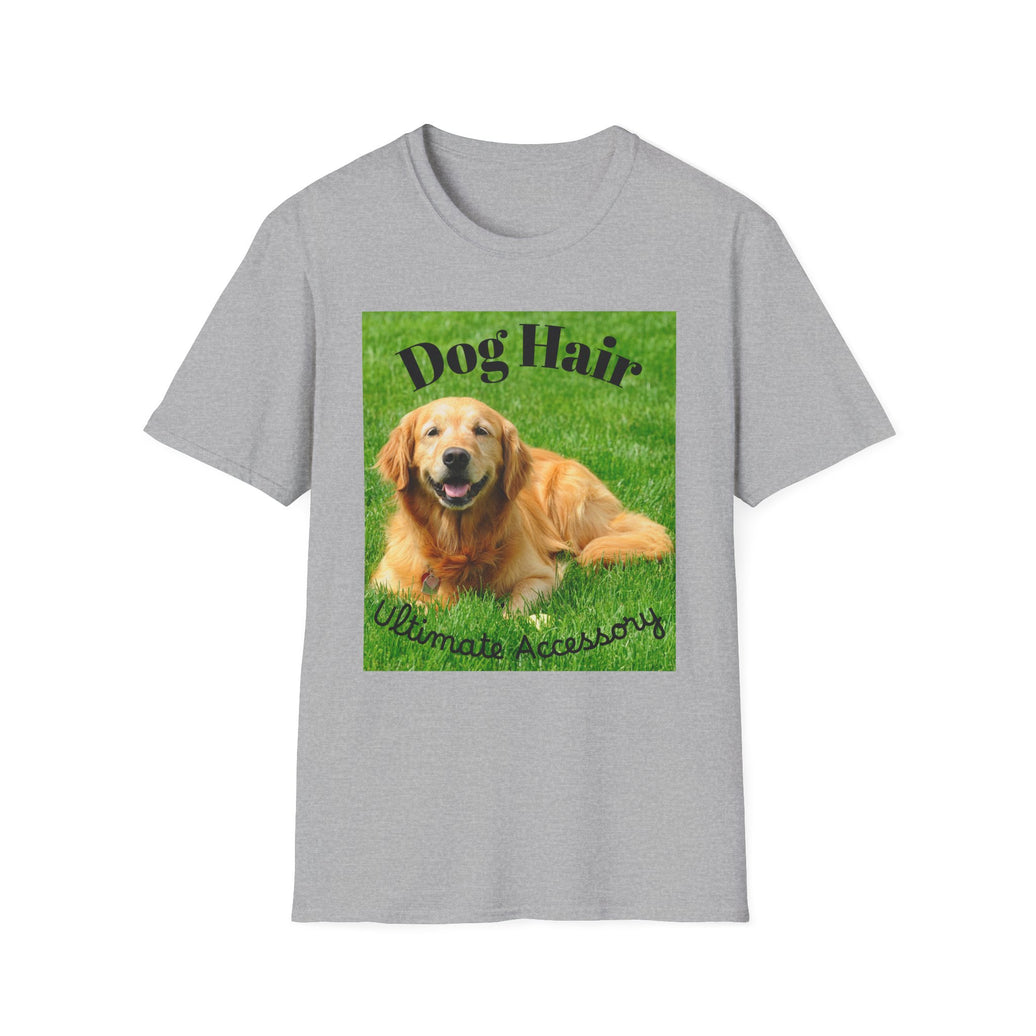
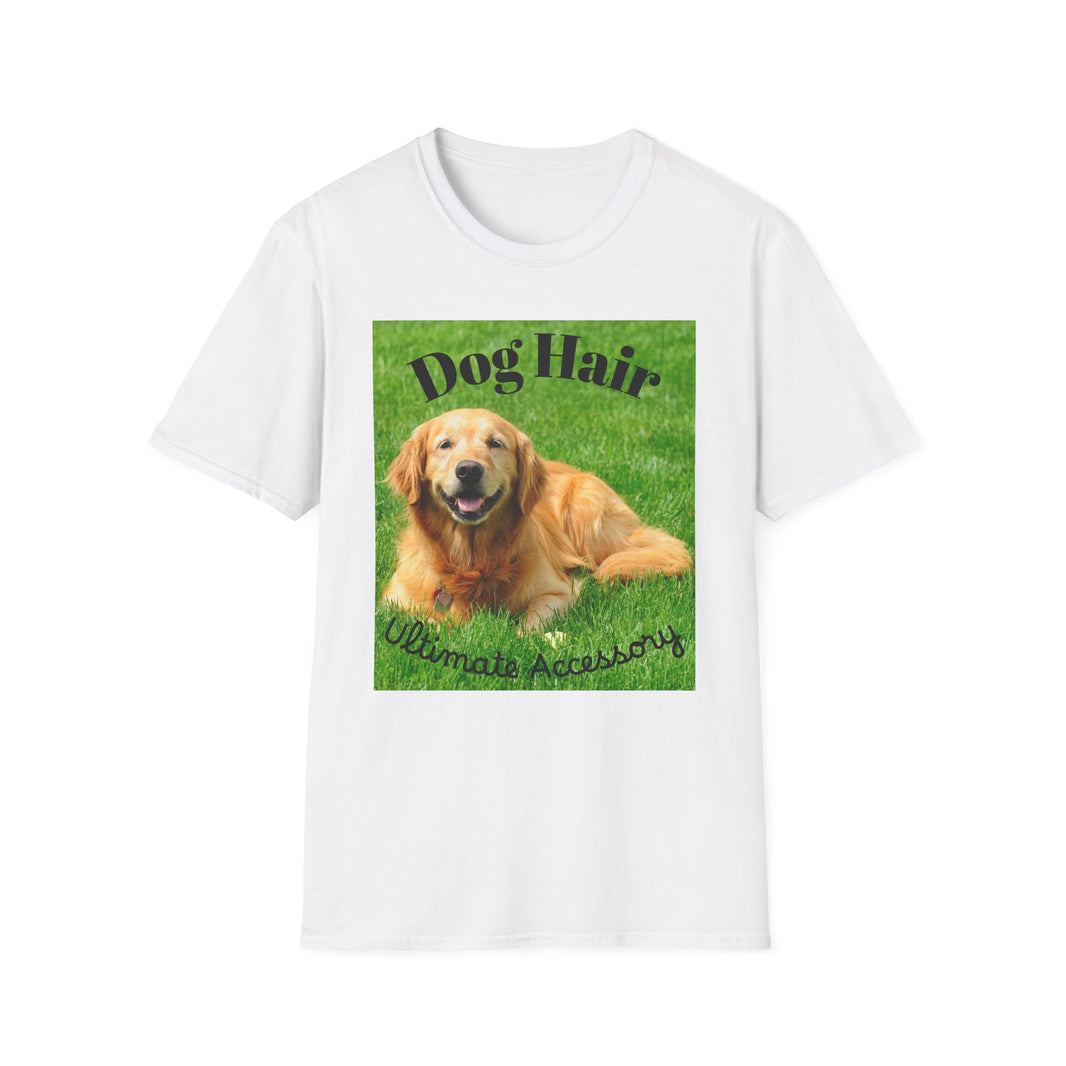

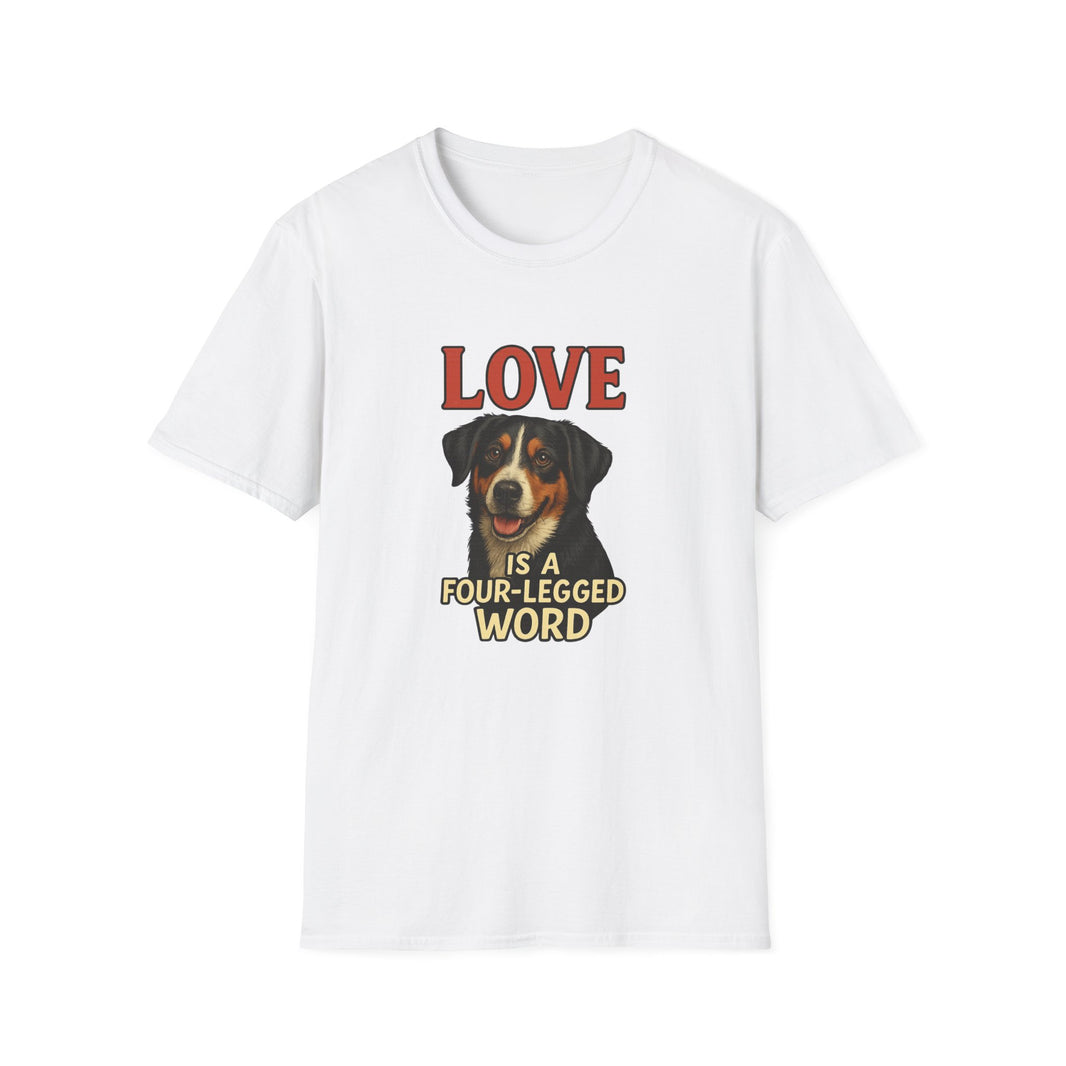
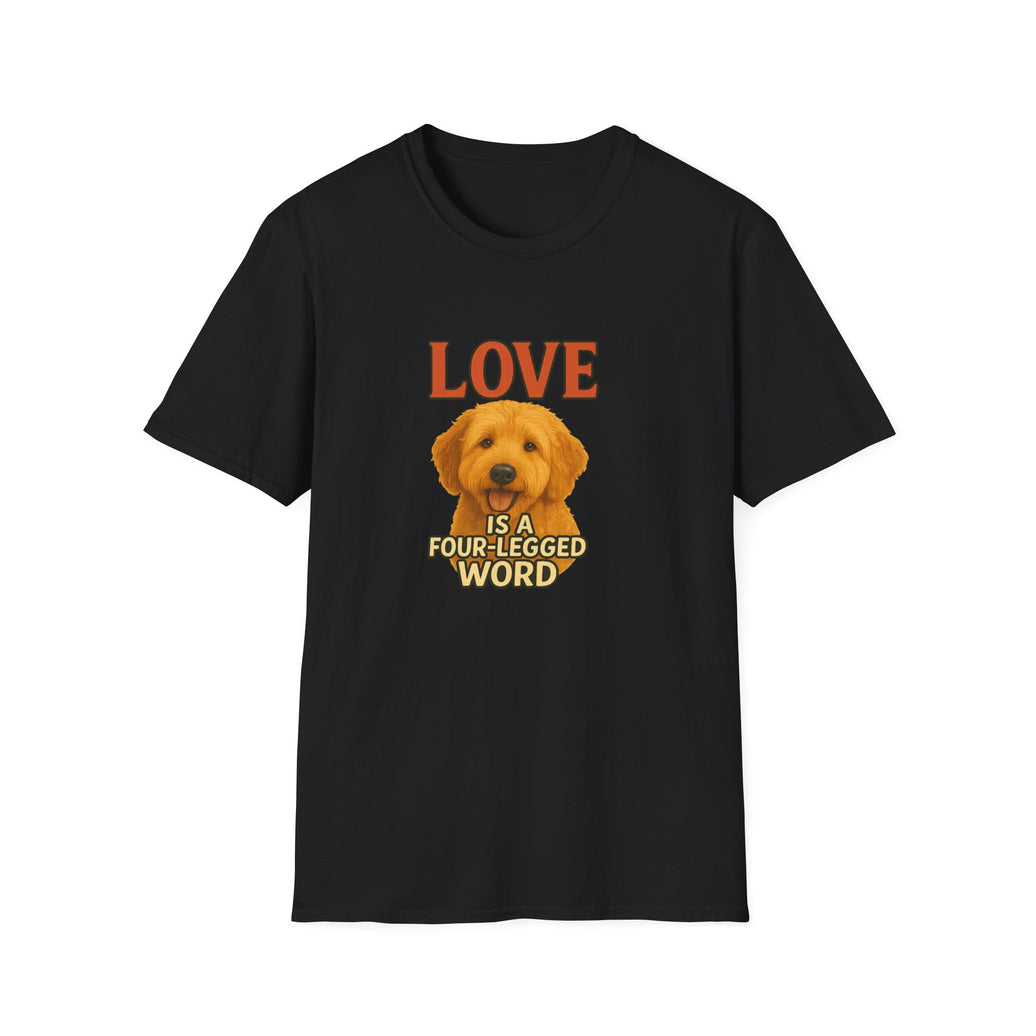
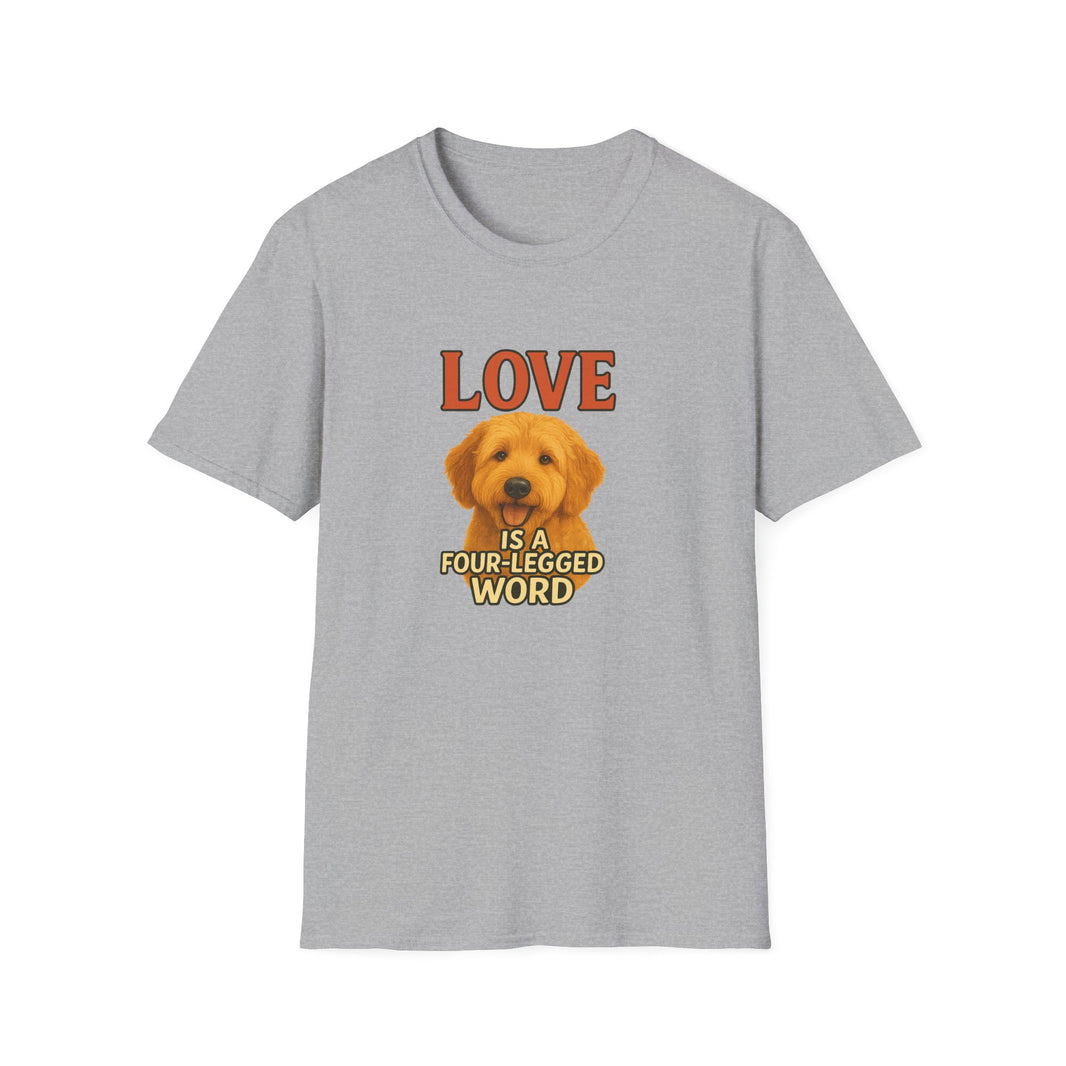



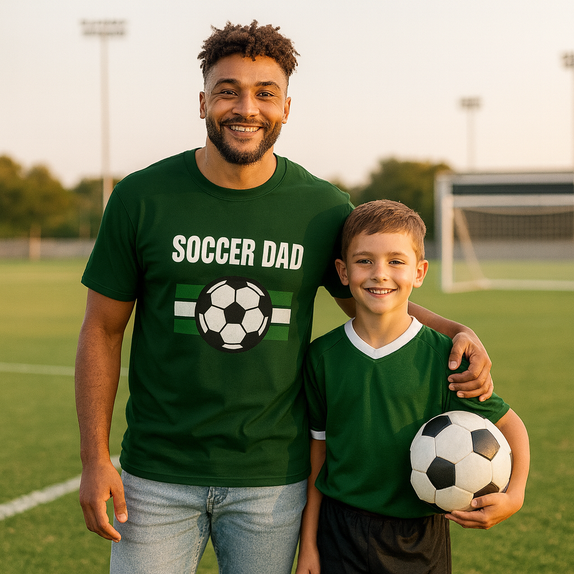

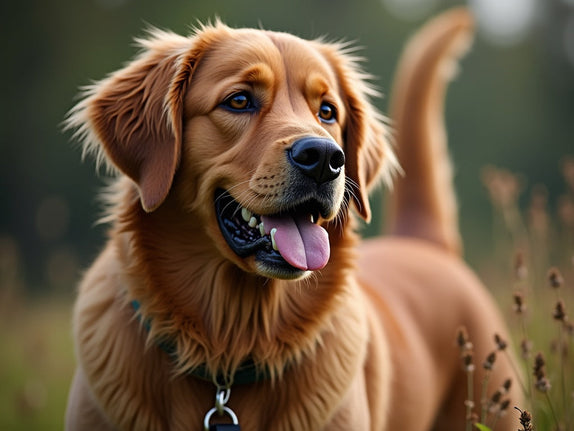
Leave a comment